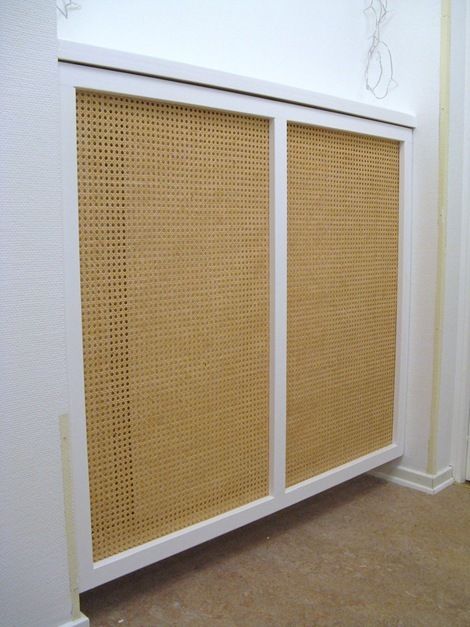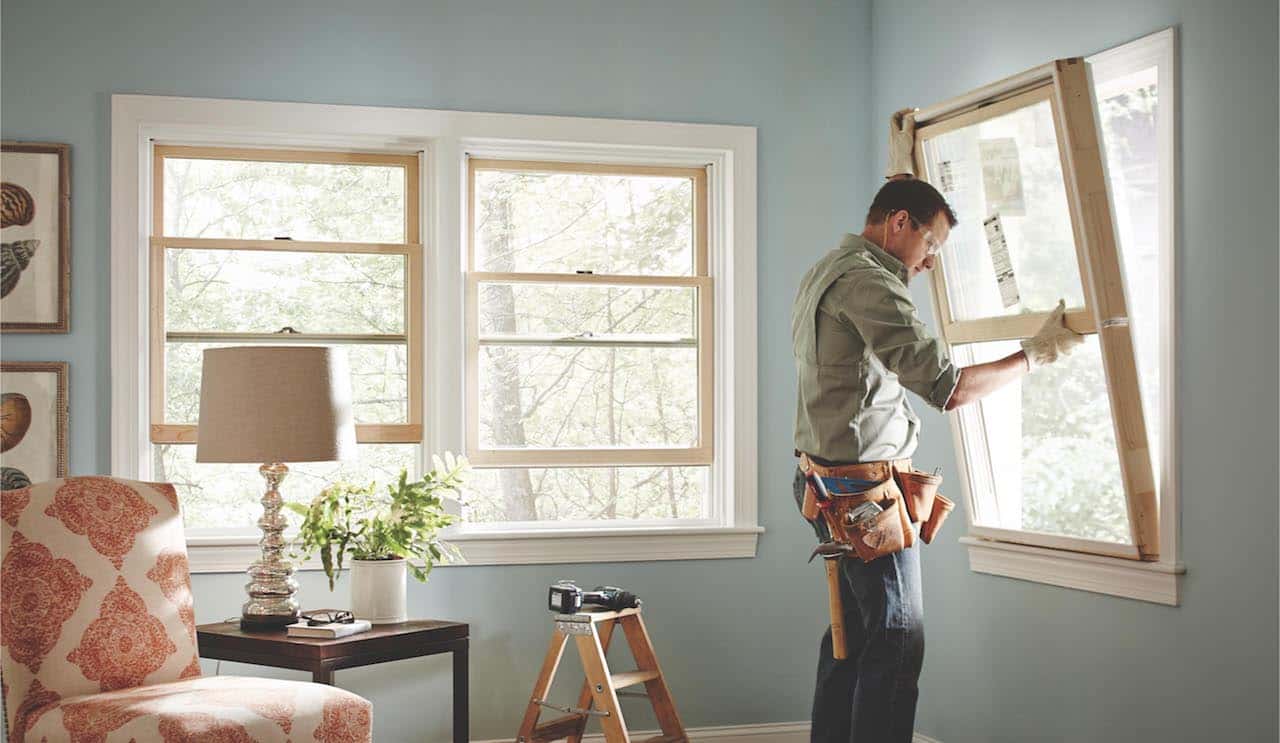Keeping your kitchen knife blades nice and sharp to allow for precise cutting when creating delicious dishes is in important. Sharp blades can cut through all sorts of ingredients, including tough and fibrous ones, allowing you to cook a wide range of recipes.
Sharp knife blades are much safer to use than dull ones, reducing your risk of injury significantly. Avoiding injuries in the kitchen is essential for your long-term cooking success and enjoyment.
You can use a whetstone or either a manual or electric knife sharpener to maintain sharp and precise blade edges on your knives. Which sharpening gadget do you choose? It depends on your personal preferences and cooking needs.
Although knife sharpeners are made with safety in mind, and the risk of injury is extremely low if you’re using them correctly, there are still some safety precautions you need to take to stay injury-free when sharpening your knives.
Below, we’ve discussed four safety precautions to take when you’re using a knife sharpener, whether manual or electric. Note that you can also apply some of these tips to using other kitchen appliances with sharp components, such as your Ninja blender or cheese grater.
Read the User Manual
Knife sharpener manufacturers include a written guide for their products in the packaging for a reason. Don’t be like many other people are and throw this manual away without reading it!
Before you attempt to use your new knife sharpener, take a read through the user manual. Even if it’s just a brief scan over the key bits of information, reading the user manual will enable you to use the knife sharpener correctly and stay safe.
Secure the Sharpener
Before you bear down on the sharpener and knife blade, make sure they are well-secured. Place them on an even and sturdy surface so they stay in place during the sharpening process. Doing so reduces the risk of slips, accidents, and injuries.
Use Proper Hand Placement
You should always keep your hands away from the sharpening area of your device when you’re sharpening your knife blades. In particular, keep your fingers safely away from any sharp areas to avoid nasty cuts and grazes.
Your user manual should have details about proper hand placement when using the device. Alternatively, you can find a demonstration video online and follow this tutorial to learn about the most optimal hand placement to use during the sharpening process.
Follow the Sharpening Angles
Most knife sharpening manufacturers state specific angles that you should use when using their devices. It’s important to follow their guidelines and recommendations regarding the correct sharpening angle to ensure you get the best results and maintain a consistent angle throughout the sharpening process.
Use Blade Lubrication if Required
Some knife sharpening tools require you to apply lubricant or plain water to the knife blade before sharpening it to reduce friction and heat. Although applying lubrication adds an extra step to your knife sharpening process, it’s well worth doing, as it could maintain your safety, improve sharpening efficiency, and extend the lifespan of your blades.


